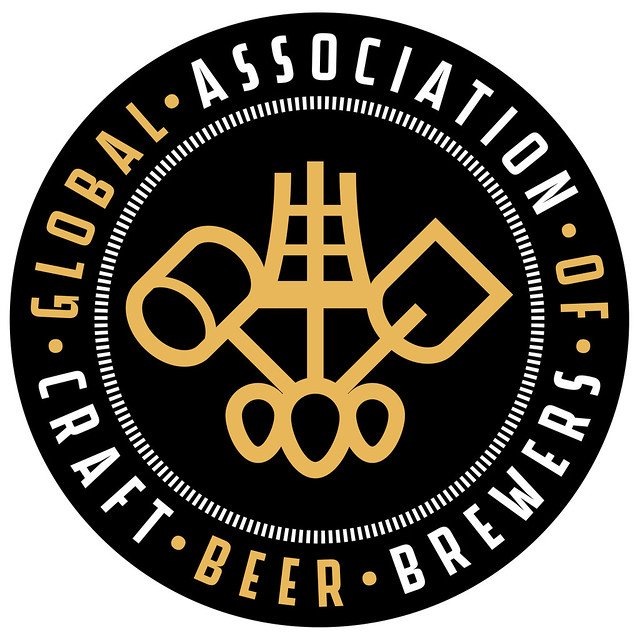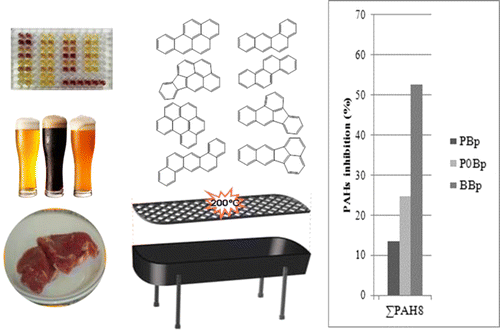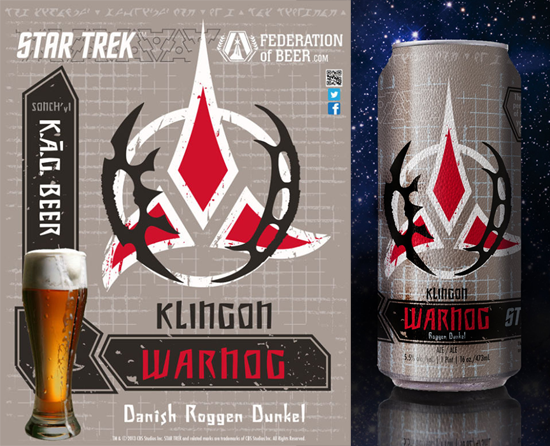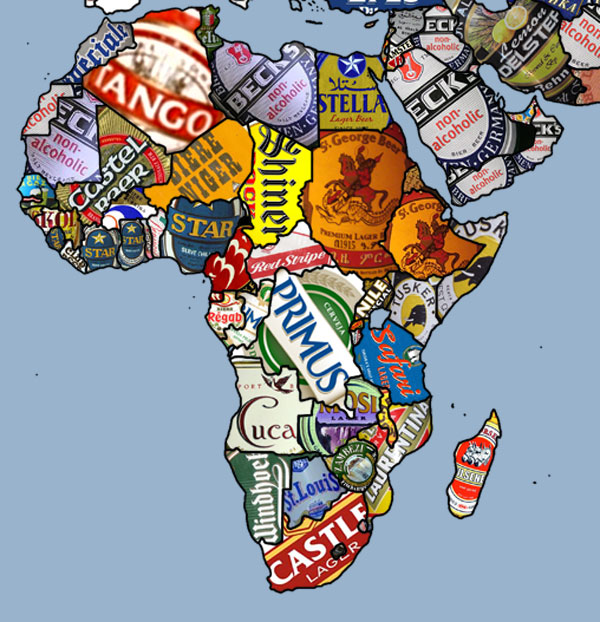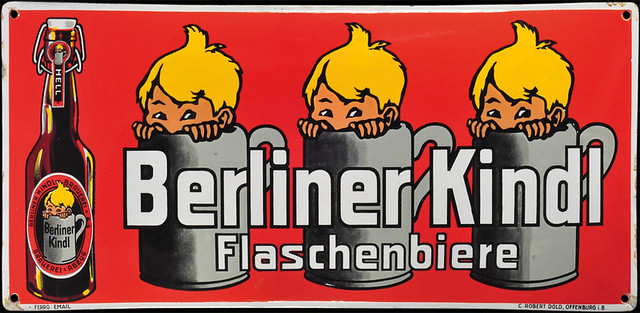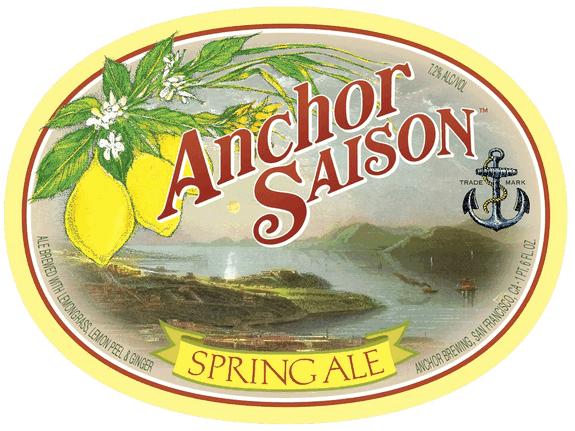
Here’s an exciting development and a sure sign that the world of beer is growing smaller as the reach of better beer extends around the globe. Today in Berlin, the formation of a new international trade organization was announced: The Global Association of Craft Beer Brewers (GACBB).
From the press release:
The Global Association of Craft Beer Brewers was founded last month, becoming the first international organisation for independent craft beer brewers. Sebastian Mergel, co-founder of the Berlin craft beer brewery Berliner Bierfabrik (formerly beer4wedding), was elected the association’s founding president. The association’s goal is to empower smaller independent brewers by connecting them on an international level, and to provide resources via association tools and collaborations with other members. With its international reach, the association also looks to provide its members with access to material goods and services that allow them to expand into new international markets.

The founding board members represent breweries in five different continents.
- Sebastian Mergel, Bierfabrik, Berlin, Germany
- Mark Andries, Browerij De Vlier, Belgium
- David Cohen, The Dancing Camel, Tel Aviv, Israel
- John Kyme, Stringer’s Beer, Ulverston, United Kingdom
- Kristian Strunge, Stronzo, Copenhagen, Denmark
- Jakub Veselý, Pivo Falkon, Zatec, Czech Republic
- Alex Acker, Jing A, Beijing, China
- Eric van Heerden, Triggerfish Brewing, Cape Town, South Africa
- Aleem Ladak, The Big 5 Brewery, Nairobi, Kenya
- Diego Rodríguez, Barbarian, Lima, Peru
- Diego Perrotta, Cerveza Zeppelin, Buenos Aires, Argentina
- Nathaniel Schmidt, Agua Mala Cerveceria, Ensenada, Mexico
- Rodrigo Silveira, Cervejaria Invicta, Ribeirão Preto, Brazil
- Shane Welch, Sixpoint Brewing, Brooklyn, NY, United States
- Kevin Watson, Elysian Brewing Co., Seattle, WA, United States
- Dan Kenary, Harpoon Brewery, Boston, MA, United States
- Ricky Stilla, Birra & Blues, Valencia, Spain
- Tiffany Needham, Magpie Brewing Co., Seoul, South Korea
- Shawn Sherlock, Murray’s Brewing Co., Port Stephen’s, Australia
To be a member of GACBB, breweries must be “local, independent, and creative.” The group’s first event will take place later this summer in Berlin, which they describe as a “celebration of craft beer from around the globe. The GACBB Global Craft Beer Festival, Craft Beer Award, and Craft Beer Conference will all take place this July in Berlin on July 25th through 27th, 2014.” The downside is that’s the same weekend as the Oregon Brewers Festival. On the other hand, it’s been awhile since I’ve been in Berlin.
